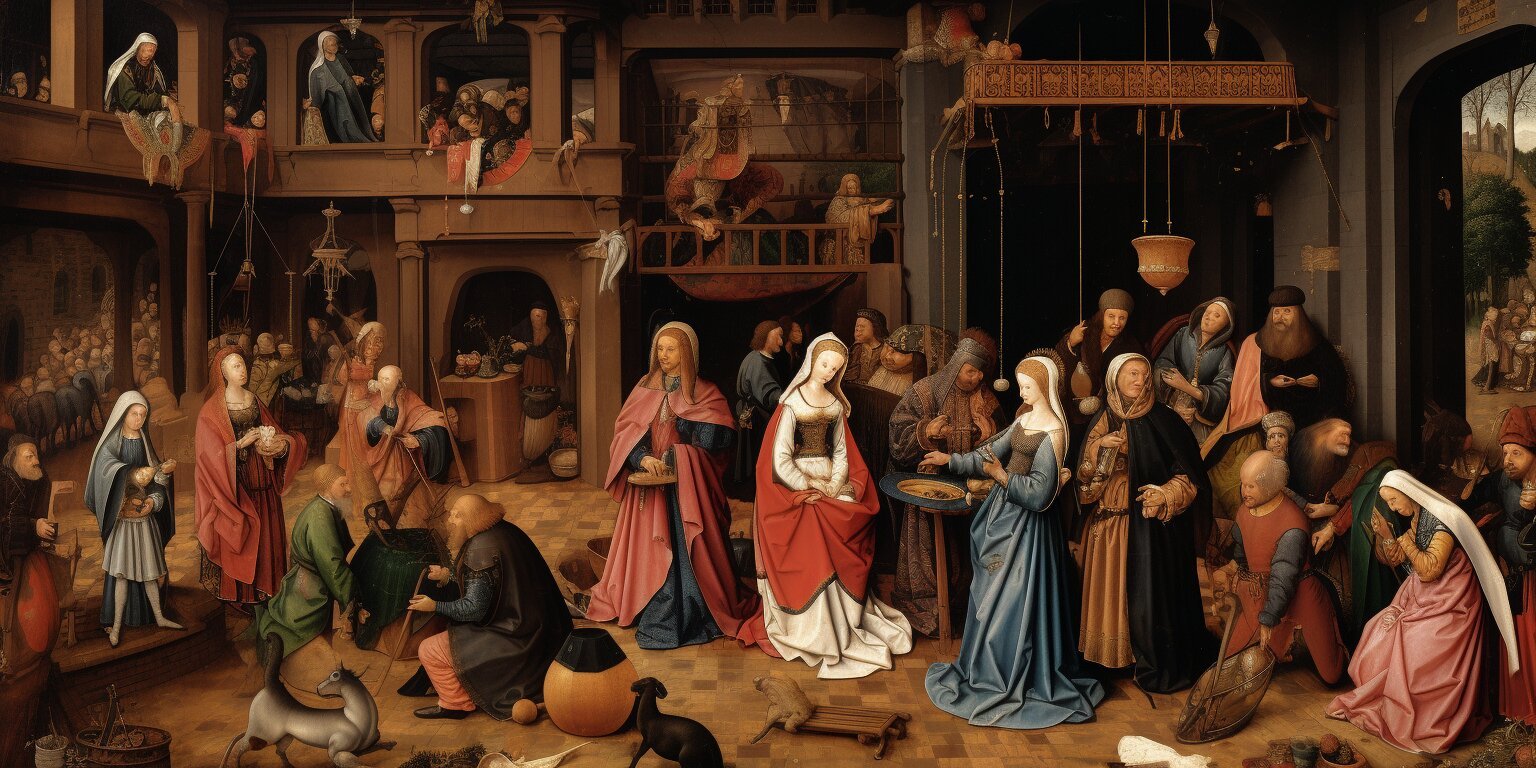The Origins of Classical Art
Classical art refers to the artistic style that emerged in ancient Greece and Rome during the 5th century BC and lasted until the 3rd century AD. It is characterized by its emphasis on balance, harmony, and idealized forms. The roots of classical art can be traced back even further, to ancient Egypt and Mesopotamia, where artists began to depict the human form with greater naturalism.
One of the most iconic examples of classical art is the Parthenon, a temple dedicated to the goddess Athena, located on the Acropolis in Athens. Its architectural design, with its perfectly proportioned columns and intricate friezes, exemplifies the principles of classical art.
The Influence of Classical Art
Classical art had a profound impact on the development of Western art and culture. During the Renaissance, artists such as Leonardo da Vinci and Michelangelo looked to the art of ancient Greece and Rome for inspiration. They sought to capture the same sense of idealized beauty and harmony in their own works.
Even today, classical art continues to inspire and influence artists. Its timeless beauty and universal themes have made it a source of inspiration for countless generations. From neoclassical architecture to classical ballet, the influence of classical art can be seen in various forms of artistic expression.
The Themes of Classical Art
Classical art often depicted mythological and historical subjects. These works sought to convey moral and philosophical ideas, as well as to celebrate the achievements of ancient civilizations. One of the most famous examples of classical sculpture is the statue of David by Michelangelo, which portrays the biblical hero in a moment of triumph and contemplation.
Another common theme in classical art is the portrayal of the human form. Artists of this period were fascinated by the beauty and complexity of the human body, and sought to capture its essence in their sculptures and paintings. The statue of Aphrodite, also known as Venus de Milo, is a prime example of the idealized female form in classical art.
The Enduring Legacy of Classical Art
Classical art has left an indelible mark on the history of art and continues to be celebrated for its beauty and significance. Museums around the world house collections of classical art, allowing visitors to experience the timeless works firsthand.
Furthermore, the principles of classical art continue to influence contemporary artists. The emphasis on balance, harmony, and idealized forms can be seen in modern works of art, architecture, and design. The enduring legacy of classical art serves as a reminder of the power of artistic expression and the timeless beauty of the human imagination.
Conclusion
Exploring the timeless beauty of classical art takes us on a journey through history, from the ancient civilizations of Greece and Rome to the present day. Its influence on Western art and culture cannot be overstated, and its themes and principles continue to resonate with artists and audiences alike. By appreciating classical art, we gain a deeper understanding of our shared human history and the enduring power of artistic expression.



































